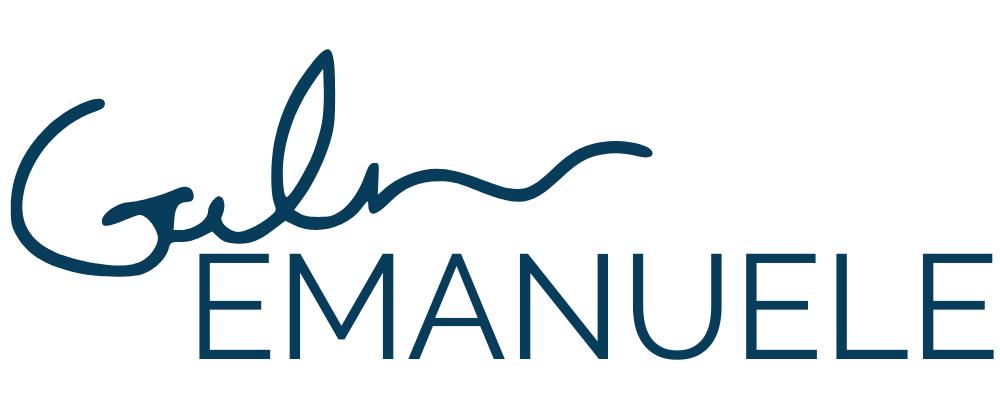Career Growth & Development Done Right
Welcome to the #culturedrop. Every Tuesday, Galen Emanuele emails tools to advance leadership skills, team culture, and personal growth. No spam, just great content. Sign up now to get it in your inbox.
This topic is inspired by a text I was recently sent by a friend.
The text was: “My work just rolled out a whole career development path of what would be generally expected of each position and what it looks like to grow and the path to get there. Just a little thing that made me super happy this morning”.
This is SUCH a great example of talent mapping and career development paths inside organizations.
Here’s my take: every company should be doing this to some extent.
Take your org chart (if you are a small company and don’t have one, that’s okay —just write down every position in your organization and who reports to who, etc.) and for each position, write down the traits, skills, characteristics, etc. that each person in that role should have. Don’t necessarily base it on the specific person who is already in that role, think about exactly what someone needs to be successful in that position, and write those traits down.
Once you complete that, write down a career path for folks inside your organization to reach said positions. Some thought starters on what this might look like:
What kind of skills and traits are required for this role?
What do you need to see from people in order for them to be a great fit for this position?
What are internal benchmarks, or goals, or development paths that lead to this position?
And don’t just do this for you, make it public and available for everyone in the company to see.
“Employees want to know that there are opportunities to grow inside their organization. If they don’t have this, it can cause them to feel less engaged & motivated.”
There are so. many. benefits. to doing this.
First, it shows new or entry-level employees a path to development inside the organization, down to the exact skills and traits that it will take for them. It also shows employees that you care about their development and are not going to let anyone get stuck in a position just because they’re good at it or they’ve been there a long time.
Bottom line, it shows that you are invested in moving folks up and giving them the opportunity to grow.
Employees want to know that there are opportunities to grow inside their organization. If they don't have this, it can cause them to feel less engaged & motivated.
Development mapping is extremely helpful for internal promotions.
If you have an outline of exactly what skills, traits, qualities, etc. you are looking for in each position, when folks internally apply for a position, it keeps things more clear and objective on all fronts.
“From a hiring perspective, you are able to discern who is a great fit for the position most objectively based on what you already have clearly laid out.”
From a hiring perspective, you are able to discern who is a great fit for the position most objectively based on what you already have clearly laid out. From an employee perspective, it also alleviates folks thinking that they are/are not being promoted because they are/aren’t the favorite.
This is a more transparent, objective way to handle internal promotions in order to create less static or assumptions about the reasons X candidate was chosen for X position.
And just like with internal promotions, having a clearly laid out profile of who would make an excellent fit for a role is a massive help to an external search and hiring someone into a role from outside the company. Knowing exactly what you’re looking for in advance will ensure that you make better hiring decisions and cut down on unconscious bias in the hiring process.
This can also serve as an honest inventory for some employees.
Through this process, you may discover that some employees are the wrong fit and in the wrong role. Harsh but true, you’re better off ripping off the band-aid if you discover this to be obviously true. The wrong people in the wrong positions, especially positions of leadership, are the “flat tires” in any organization.
It’s important to note that I’m not suggesting just up and firing anyone who isn’t an ideal fit for their position (although that is sometimes the necessary option) — but this will likely be an excellent opportunity to coach or move someone around to a position that fits them better.
“The wrong people in the wrong positions, especially positions of leadership, are the “flat tires” in any organization.”
Maybe you have a behind-the-scenes person who is charismatic and more fit for an account executive position. Or maybe you have a burnt-out salesperson who is ready to be less people-facing. Doing this work as a leadership team can really help highlight who needs some training and coaching, or to be moved to a better fitting role, or who might need to go.
Final thoughts:
This is a brilliant way to handle career growth & development inside an organization. I think every leadership team should be more intentional about mapping out what growth and development looks like for employees at every level. It helps with retention, culture, morale, and will definitely result in better hiring decisions.
Kudos to the company that was the subject of the text that inspired this topic. Good work.
Related Blogs:
Career Tip: Network Inside Your Organization
Want more?
This article was created by Galen Emanuele for the #culturedrop. Free leadership and team culture content in less than 5 minutes a week. Check out the rest of this month's content and subscribe to the Culture Drop at https://bit.ly/culturedrop








